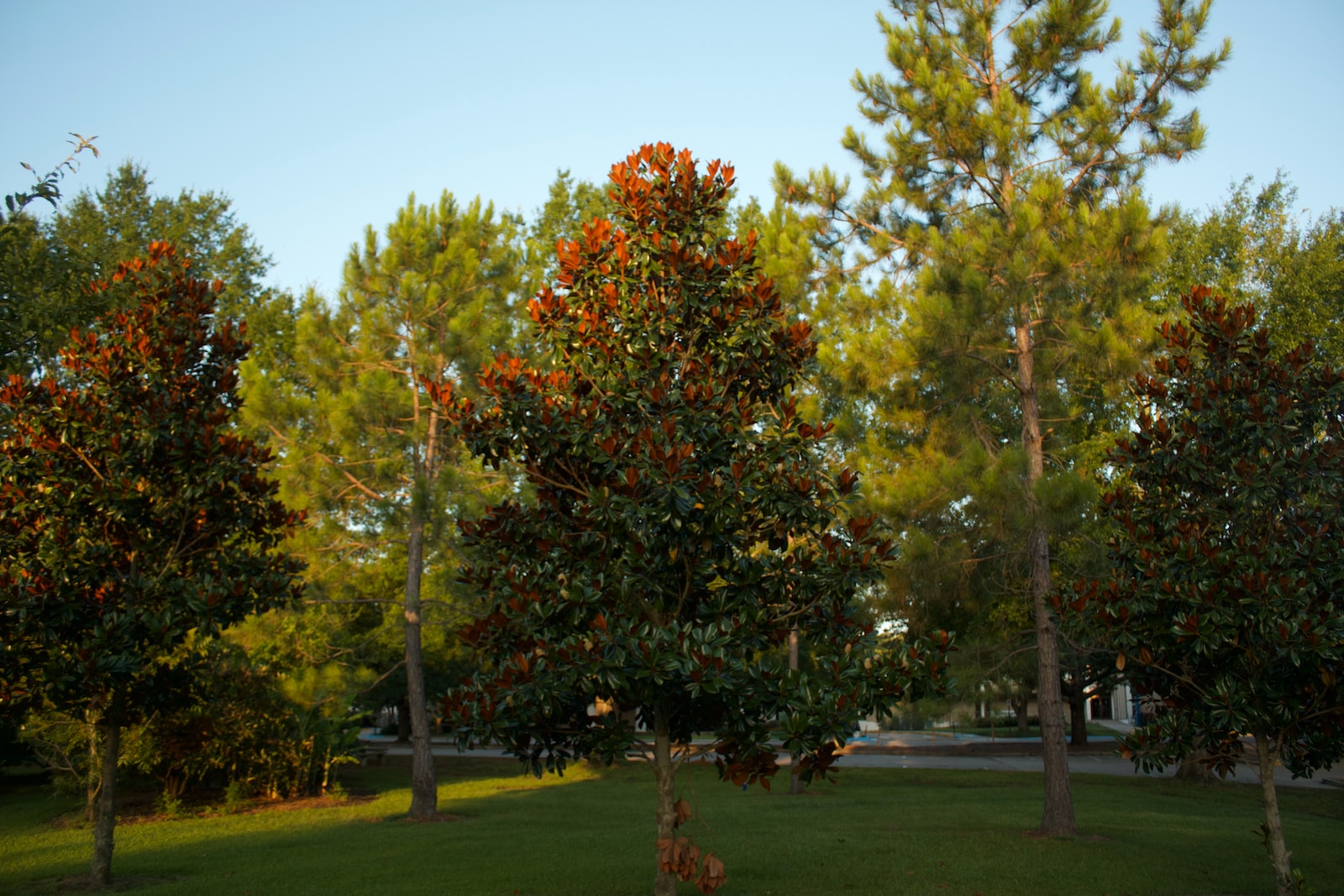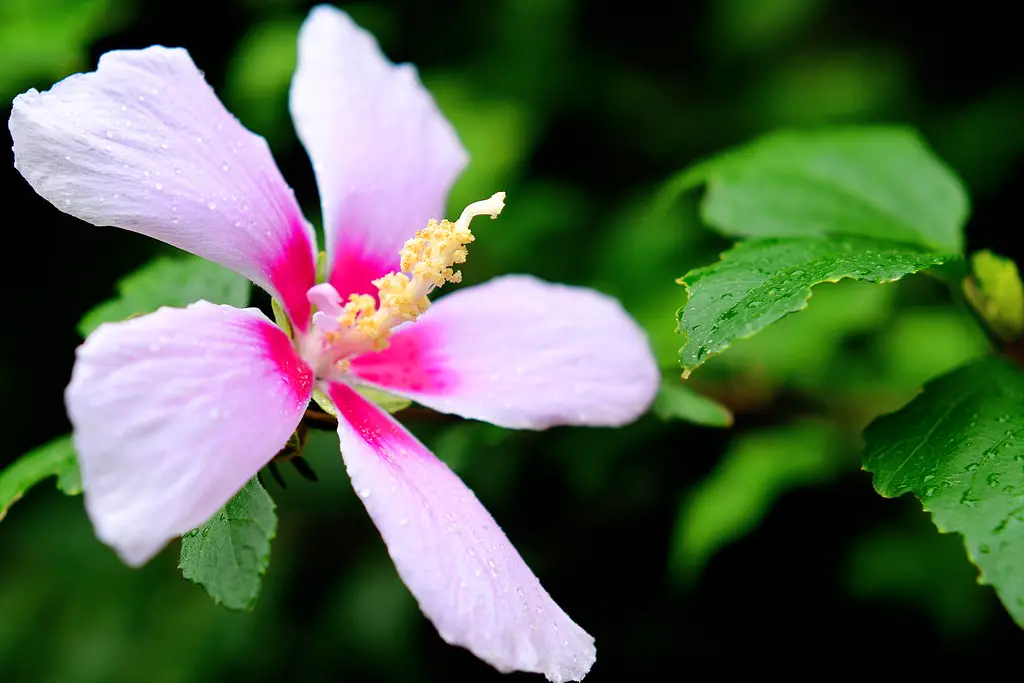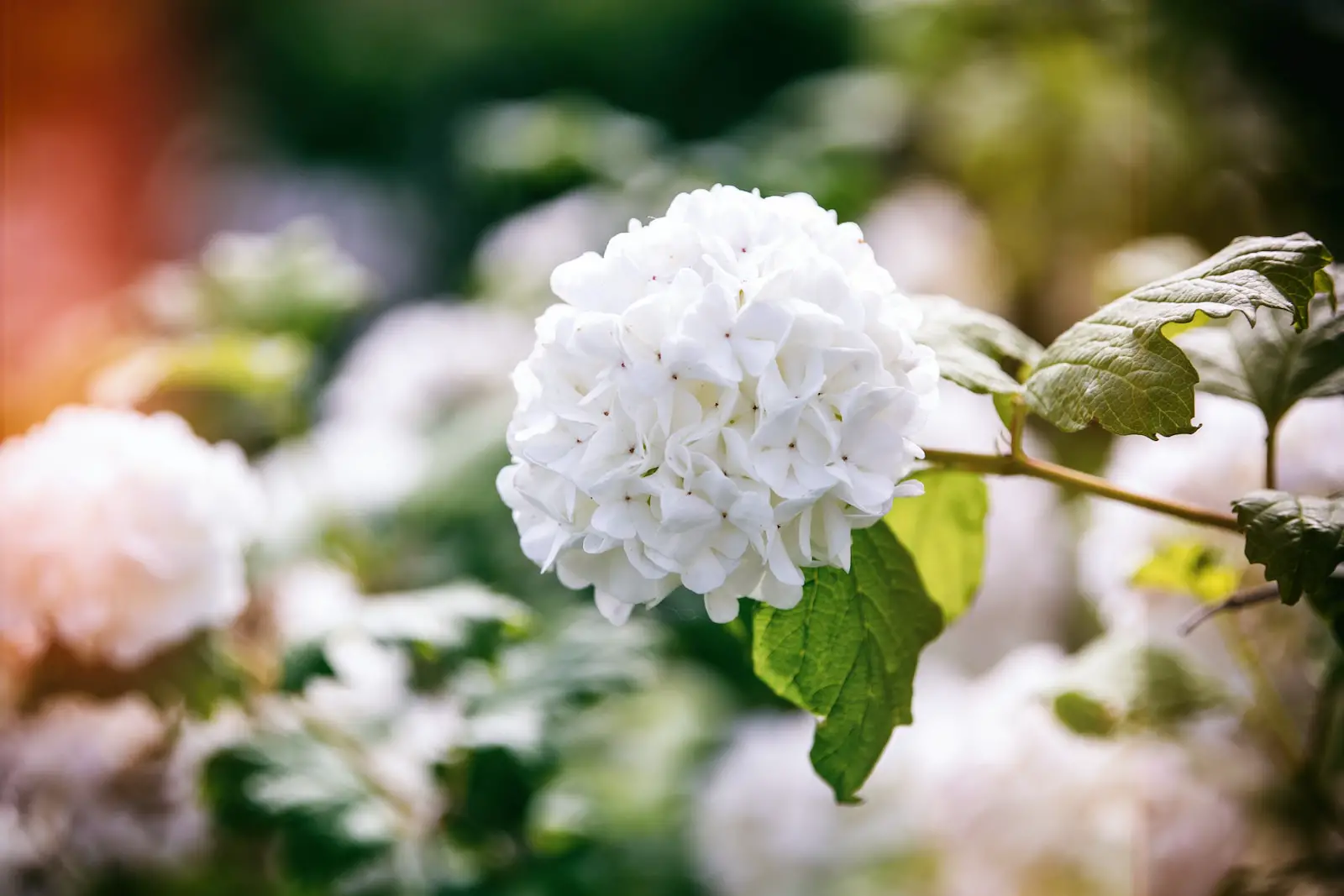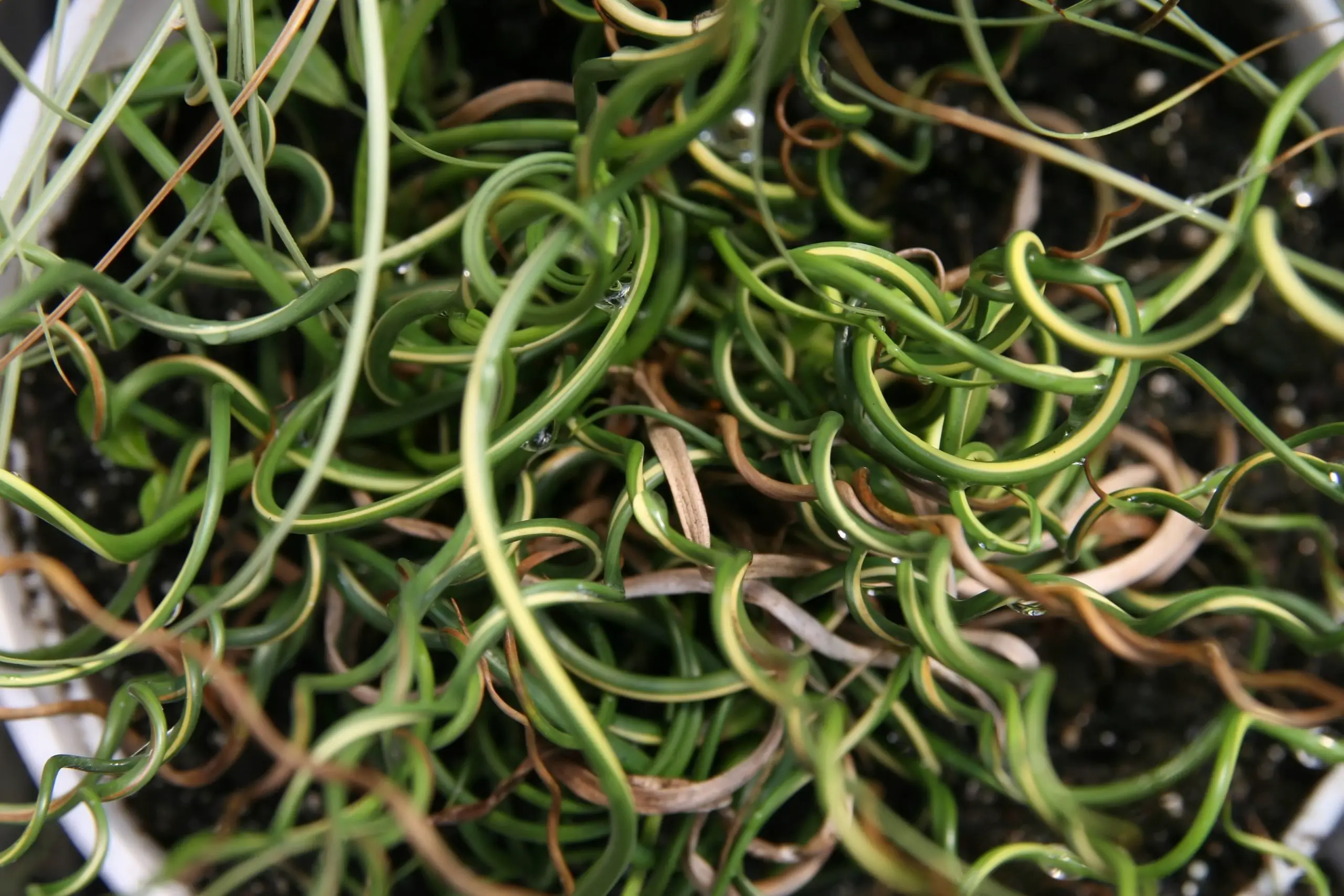Magnolia trees are renowned for their large and aromatic flowers that are often associated with the Southern United States. These flowers, blooming in various shades of white, pink, red, purple, or yellow, are not only visually stunning but also symbolize purity and dignity. Magnolia trees can be found in many parts of the world, and they have inspired poets, artists, and garden enthusiasts alike.
The Magnolia family includes over 200 species, each with unique characteristics and care requirements. Some species are evergreen, while others are deciduous, losing their leaves in the fall. This family of trees has been around for millions of years, making them one of the oldest flowering plants known to science.
Magnolia trees have a significant presence in various cultures and traditions. In China, Magnolia flowers are used in traditional medicine, and in the American South, they’re a symbol of grace and hospitality. Whether you’re drawn to their historical significance or their undeniable beauty, cultivating a Magnolia tree can be a rewarding experience.
| Attribute | Details |
|---|---|
| Common Names | Magnolia Tree, Tulip Tree |
| Botanical Name | Genus Magnolia |
| Family | Magnoliaceae |
| Plant Type | Tree |
| Mature Size | 15 to 80 feet depending on species |
| Sun Exposure | Full sun to partial shade |
| Soil Type | Moist, well-drained |
| Hardiness Zones | 4-9 |
| Native Area | Southeast Asia, North and South America |
Magnolia Tree Care
Magnolia trees are relatively low-maintenance, but there are still specific needs to be addressed to ensure a healthy and thriving tree. Sunlight and soil quality are crucial factors, and regular pruning can keep your tree looking its best.
Planting in the proper location will significantly impact the health of the Magnolia tree. Selecting a spot that provides the correct amount of sunlight and space will allow the tree to grow without competition from other plants or structures. Regular watering and fertilizing during the growing season can also boost growth and flower production.
Light Requirement for Magnolia Trees
Magnolia trees do well in full sun to partial shade. While they can tolerate a range of light conditions, they prefer a location that receives at least six hours of direct sunlight daily. This ensures healthy growth and abundant flowering.
Soil Requirements for Magnolia Trees
Magnolias prefer moist, well-drained soil that’s rich in organic matter. They don’t do well in heavy clay or sandy soils, and they prefer a slightly acidic pH. Soil testing and proper amendments can help create the ideal growing conditions.
Water Requirements for Magnolia Trees
Magnolia trees need consistent moisture, especially in the first few years as they establish. Deep watering is essential to encourage deep root growth. During hot and dry periods, extra watering may be necessary.
Temperature and Humidity
These trees thrive in hardiness zones 4-9, meaning they can handle a variety of temperatures. Humidity needs vary by species, but most Magnolia trees prefer a moderate humidity level.
Fertilizer
Fertilizing in the early spring with a balanced, slow-release fertilizer can promote growth and flowering. Over-fertilizing should be avoided, as it can lead to excessive growth at the expense of blooming.
Pruning Magnolia Trees
Pruning is best done in late winter or early spring, and only to remove dead or diseased branches. Over-pruning can lead to fewer flowers and an unattractive shape.
Propagating Magnolia Trees
Propagating can be done through cuttings or seeds. Cuttings can be challenging and require specific conditions to root, while seeds need stratification and can take years to flower.
How To Grow Magnolia Trees From Seed
Growing Magnolia trees from seed is a long and patient process. Seeds need to be collected, cleaned, and stratified before planting. Germination can take several weeks, and the seedlings require careful tending.
Common Pests & Plant Diseases
Scale Insects
These can be treated with insecticidal soap or horticultural oil.
Powdery Mildew
A fungicide or proper air circulation can help prevent this disease.
Common Problems With Magnolia Trees
Yellow Leaves
This could indicate a soil pH problem or a nutritional deficiency.
Lack of Flowering
This might be due to pruning at the wrong time or inadequate sunlight.
Pro Tips
- Plant in a sheltered spot to protect from strong winds.
- Mulching helps retain soil moisture and suppress weeds.
- Avoid planting in areas prone to flooding or standing water.
- Be patient; Magnolia trees often take several years to bloom fully.



